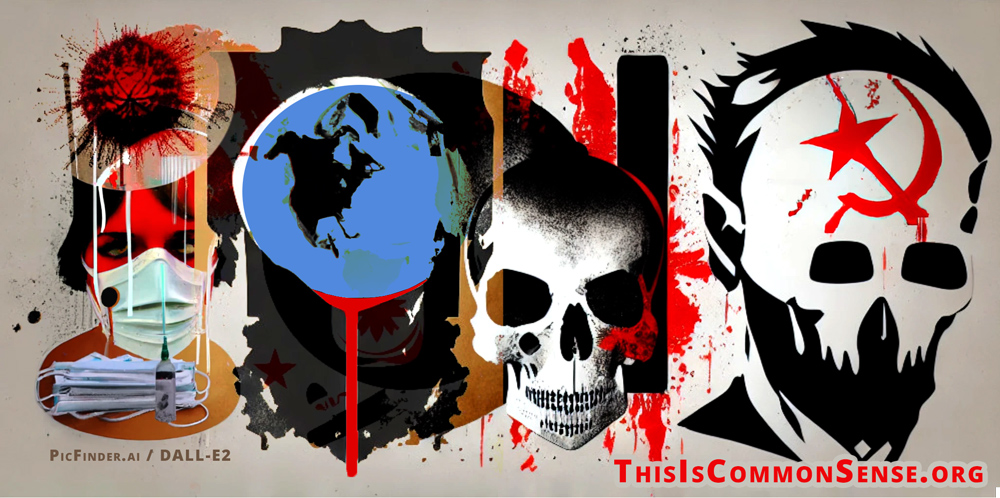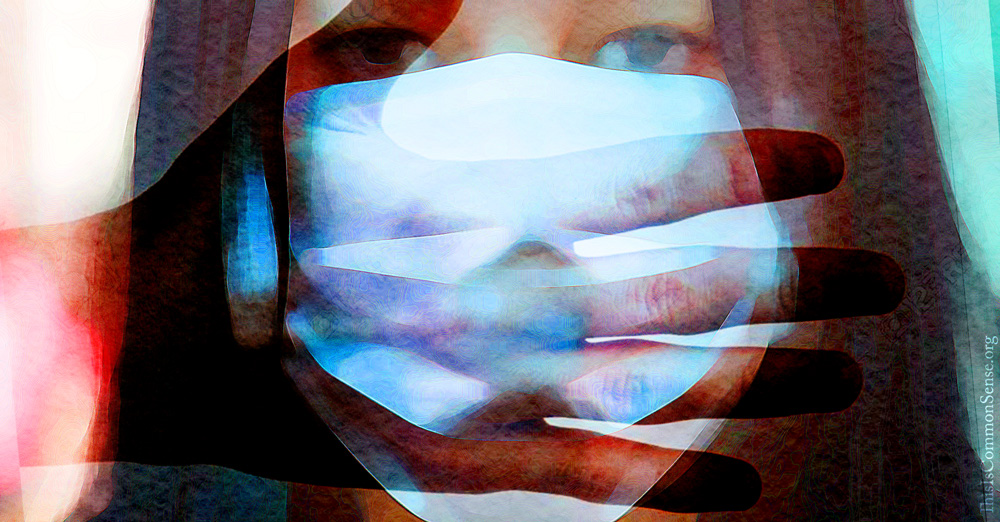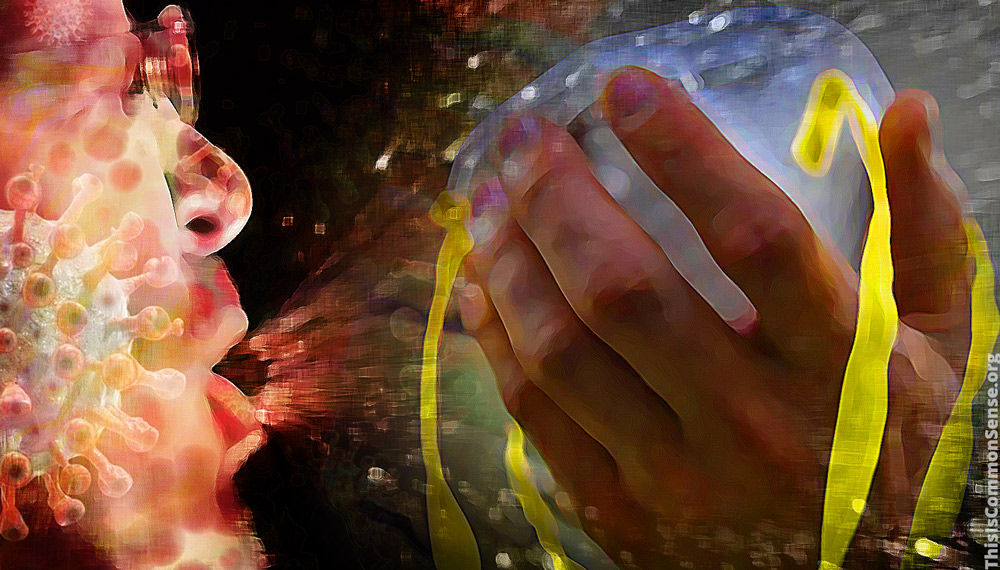Back in 2020, at the beginning of the COVID-19 pandemic, Arkansas Senator Tom Cotton informed a Fox News audience that “just a few miles away from that food market [initially proposed as the epicenter of the outbreak] is China’s only biosafety level 4 super laboratory that researches human infectious diseases.”
The Senator’s mere suggestion that the fast-spreading virus might have originated from a leak at the Wuhan Institute of Virology labs — which were (a) known to be sloppy, and (b) doing U.S. funded gain-of-function research on coronaviruses — was immediately labelled a “debunked” “conspiracy theory” by The Washington Post (which has since corrected its story).
Some scientists and pundits also expressed outrage — erroneously — at Cotton’s “implication” that China had unleashed a bioweapon. In Cotton’s defense, he never said any such thing.
Hmmm?
When the lab leak theory made a comeback — after a year or more of Fauci & Co. colluding to snuff out the very thought — it seemed the one thing “we” somehow “knew” was that it certainly wasn’t a bioweapon.
Yet, unsure of its precise origin, how can we know that?
“It matters little whether it was intentionally leaked from a lab or not,” Brian T. Kennedy, chairman of the Committee on the Present Danger: China, explained at a recent Hillsdale College speech, “what is clear is that they allowed it to spread throughout the world knowing the harm it would cause.”
The Chinese rulers did this both by covering up human transmission for many weeks and by knowingly allowing hundreds of thousands of Chinese to travel throughout the world spreading the new virus. That’s why Kennedy calls it “a biowarfare attack against the United States.”
In his book, No Limits: The Inside Story of China’s War with the West, Andrew Small writes about a well-placed Chinese friend who told him in January of 2020 that “the Chinese leadership had reached a decision: if China was going to take a hit from the pandemic, the rest of the world should too.”
With friends like China . . .
This is Common Sense. I’m Paul Jacob.
Illustration created with PicFinder.ai
—
See all recent commentary
(simplified and organized)




